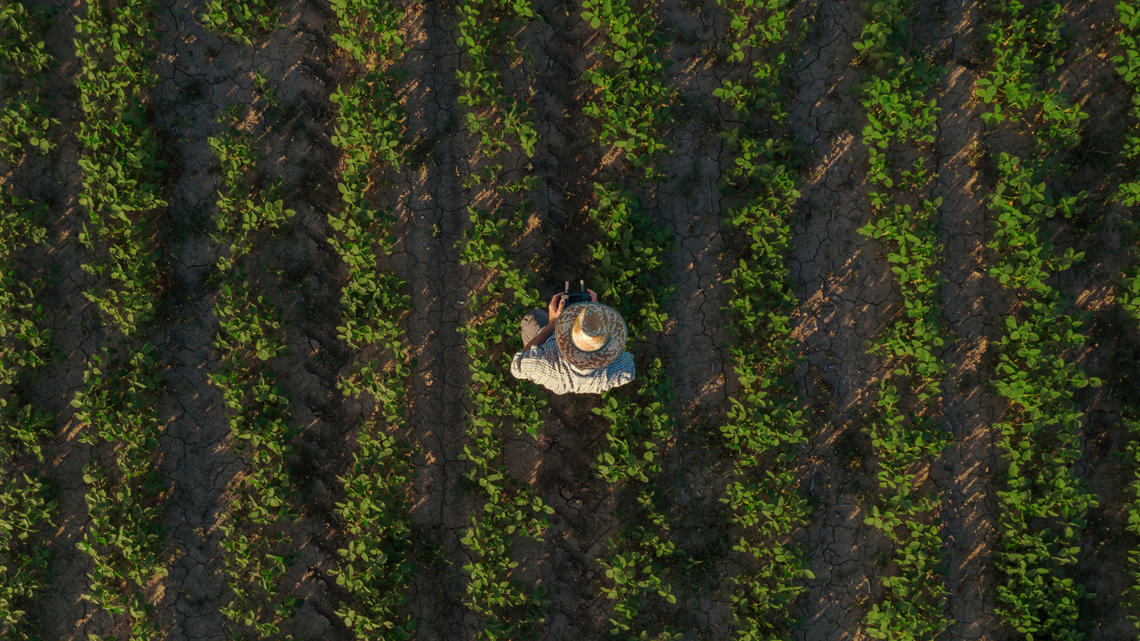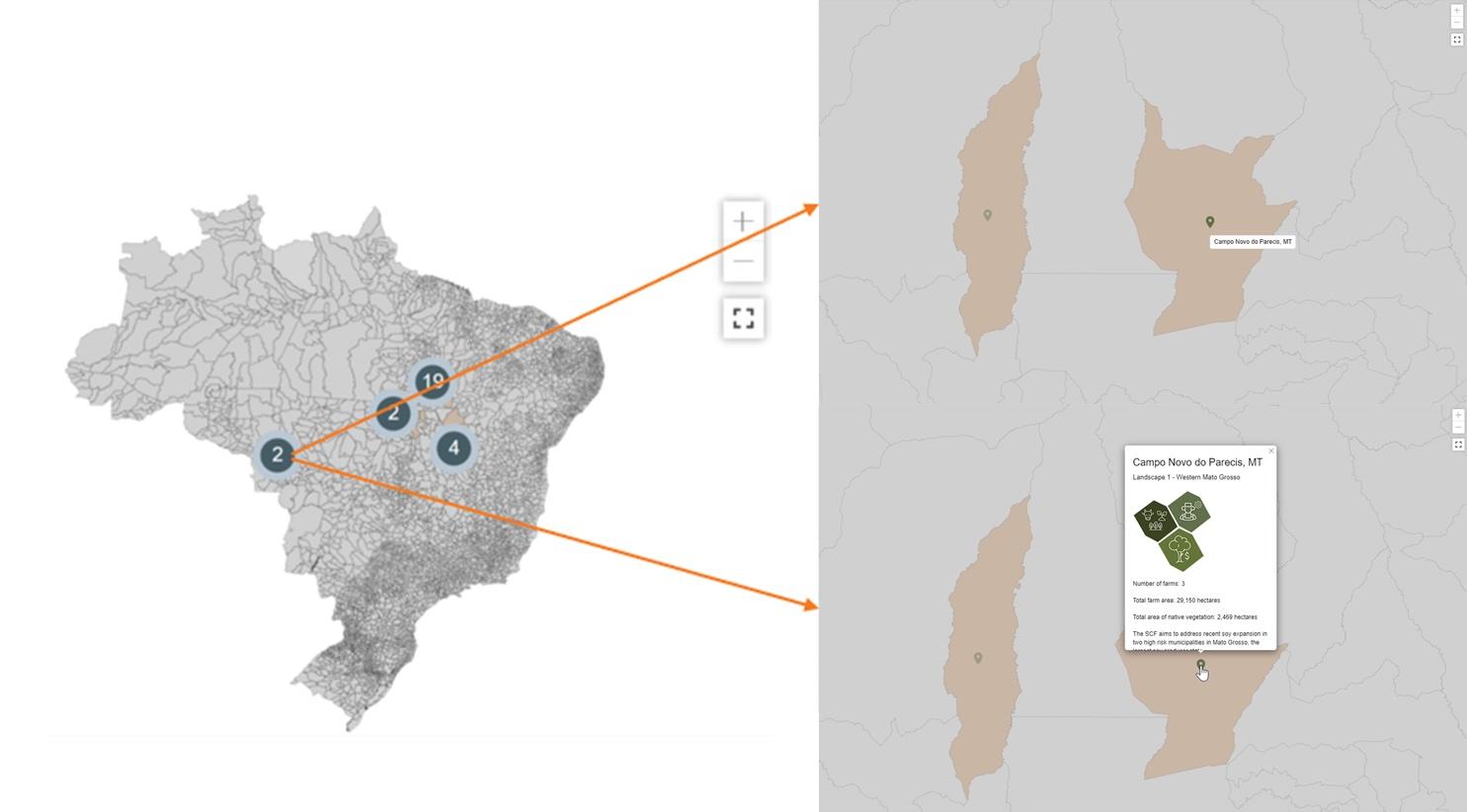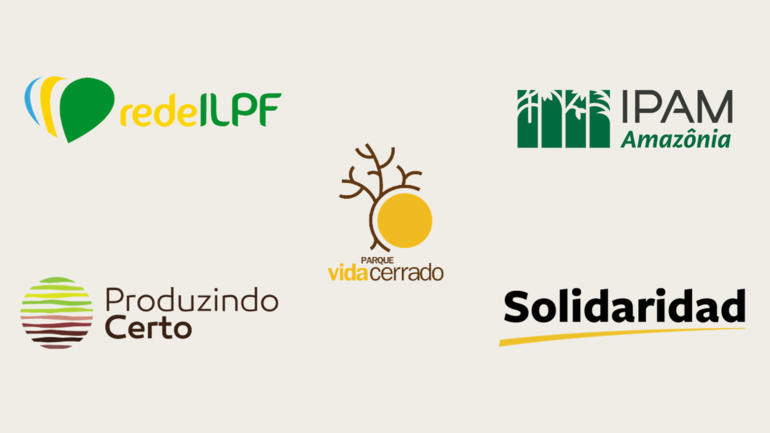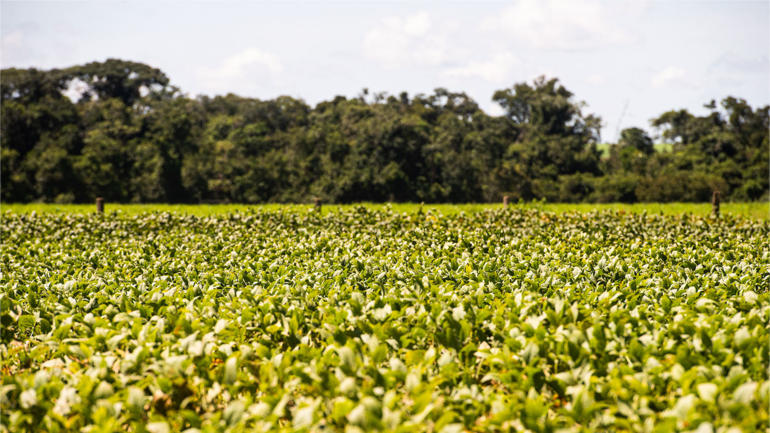The Farmer First Clusters (FFC) initiative provides a mix of solutions to support producers in tackling soy-driven deforestation and native vegetation conversion in four key Cerrado landscapes: Western Mato Grosso, Southern Maranhão, Western Bahia and Tocantins. The five implementing partners of the FFC deliver financial incentives, technical assistance and capacity-building to producers, to drive down deforestation rates and conserve native vegetation.
In collaboration with ABIOVE and the initiative’s implementing partners, the Soft Commodities Forum (SCF) is pleased to present its initial lessons learned from the field, with quantitative results on farmer engagement, farm area covered by each solution and area of native vegetation conserved, alongside insights on producer engagement. To amplify access to knowledge acquired through the deployment of the FFC, the SCF is unveiling an interactive map through which a broad audience can visualize impacts and lessons learned from the field.
FFC Interactive Map Launch
The FFC interactive map (link to interactive map) allows users to visualize impacts in each municipality of the program’s priority landscapes. It provides stakeholders with a dynamic tool to track progress and witness the transformative impact of the FFC.
Click below to access the interactive map:
Sharing Lessons Learned
The FFC initiative has 41 farms enrolled across its four priority landscapes, representing a total area of nearly 200,000 hectares, an area larger than the municipality of São Paulo. Furthermore, over 40,000 hectares (more than 120 times the size of New York’s Central Park) of the total area are areas of native vegetation conserved. Through its notable engagement efforts in Western Bahia, the FFC enrolled 19 farms, spanning over 114,000 hectares, with 16% of this area dedicated to the conservation of native vegetation to date.[1]
Several key lessons emerged regarding producer engagement. Access to rural registry data proves crucial for assessing forest assets, while aligning producer engagement with regional off-season is key to optimize engagement efforts. When it comes to restoration of native vegetation, strict adherence to the schedule of restoration projects is imperative, as planting in the region necessitates alignment of soil preparation and scheduling well in advance with farm teams. Demonstration Units prove instrumental in engaging producers by showcasing tangible results and addressing producers' doubts regarding longer-term solutions. Lastly, engagement strategies must adapt to regional and local farm profiles, as well as climate and political changes.
As the initiative progresses, concerted efforts have started yielding positive outcomes, with all implementing partners actively engaged in field operations. Despite initial challenges, such as slower engagement rates during the harvest period, momentum has since picked up as producers' receptiveness increased during the off-season. The initiative’s impact on native vegetation management is also noteworthy, with over 40,000 hectares already under management - a significant milestone.
The progress of the FFC underscores the initiative's commitment to climate and nature stewardship and marks a substantial step toward forest-positive landscape transformation through multi-stakeholder collaboration. From farmer engagement to grassroots organizations, the FFC is dedicated to amplifying the voices of those on the frontlines of sustainable agriculture.
[1] The FFC has expanded its scope of municipalities within the four landscapes with five new municipalities in Tocantins (Bom Jesus do Tocantins, Campos Lindos, Chapada Natividade, Pedro Afonso and Santa Maria do Tocantins) and one in Southern Maranhão (Alto Parnaíba), increasing the total number of FFC municipalities to 27 (see interactive map link).










